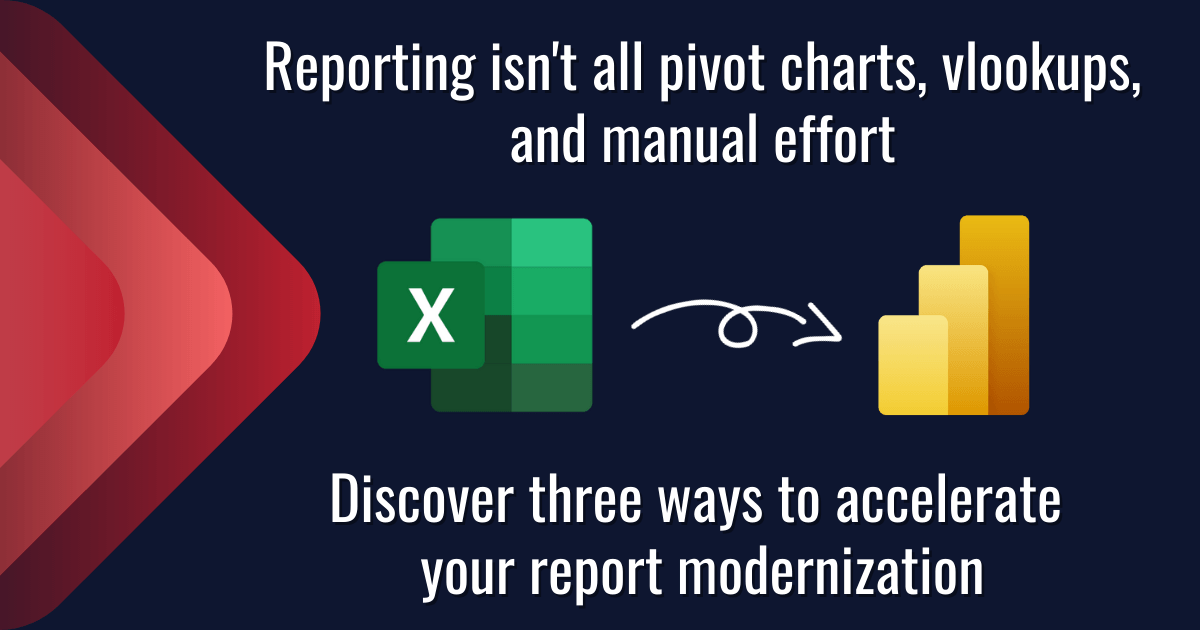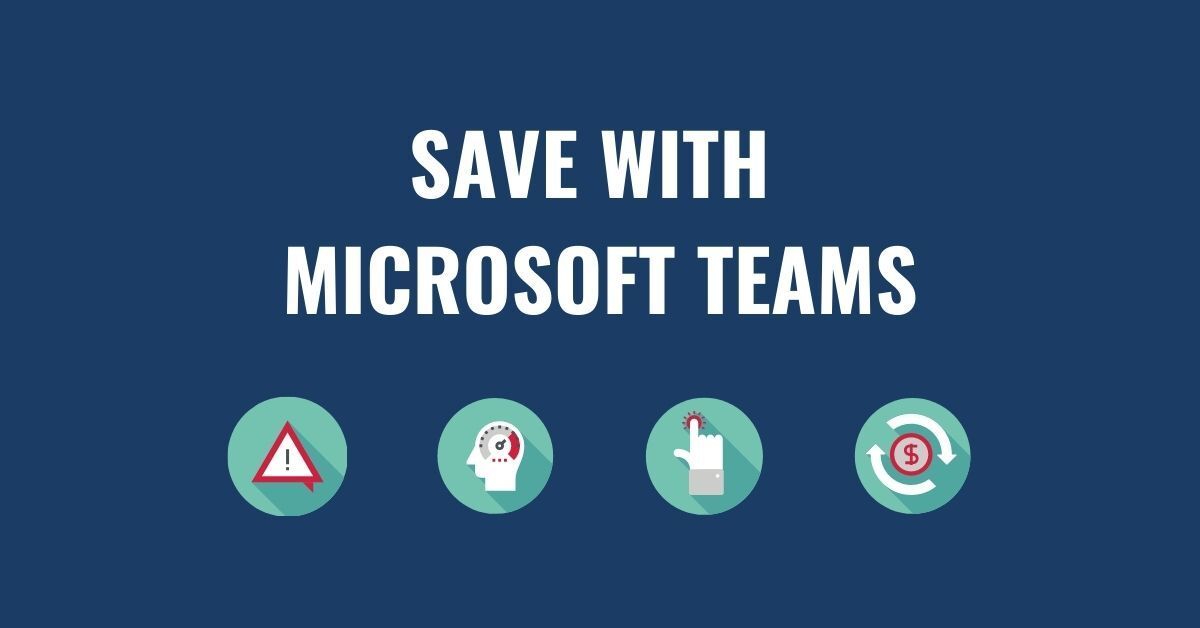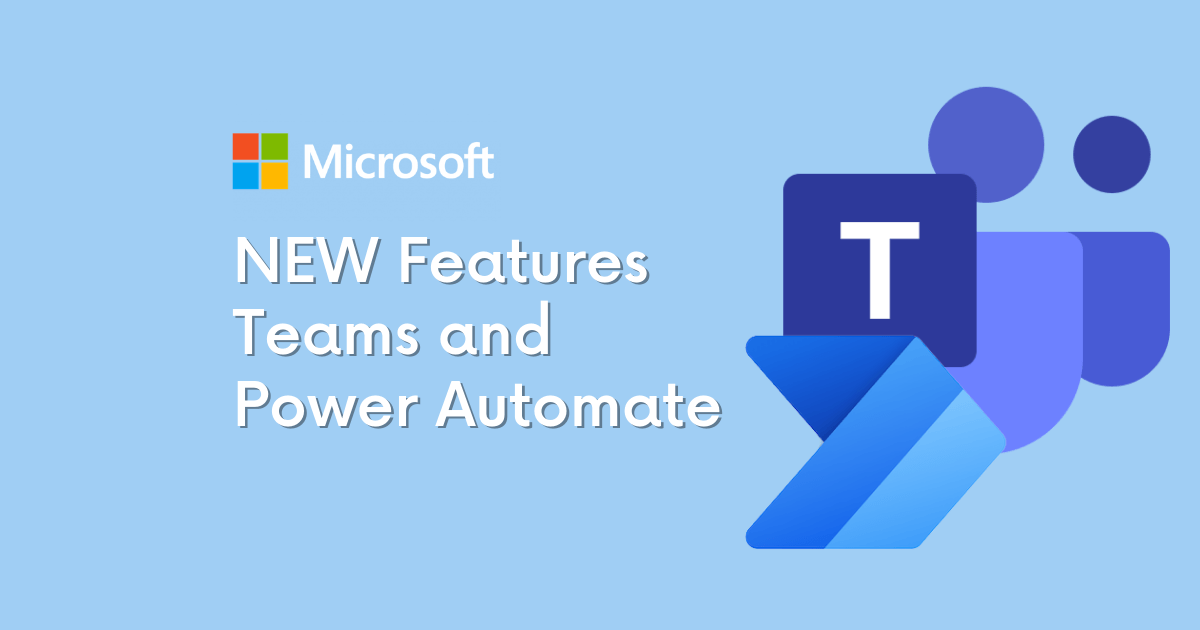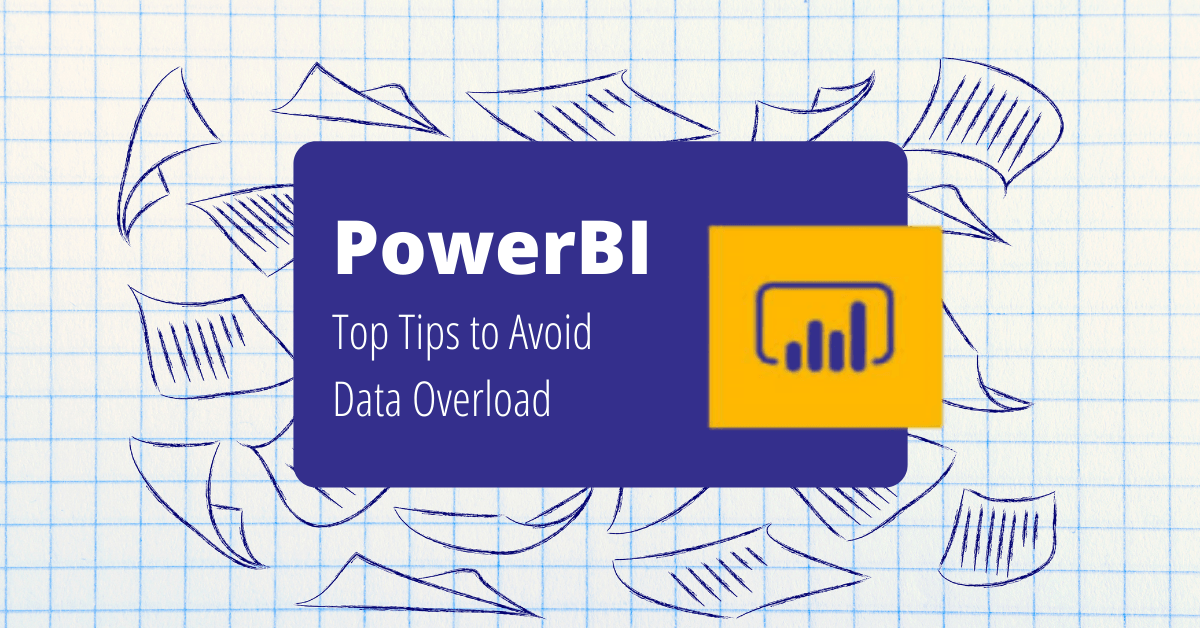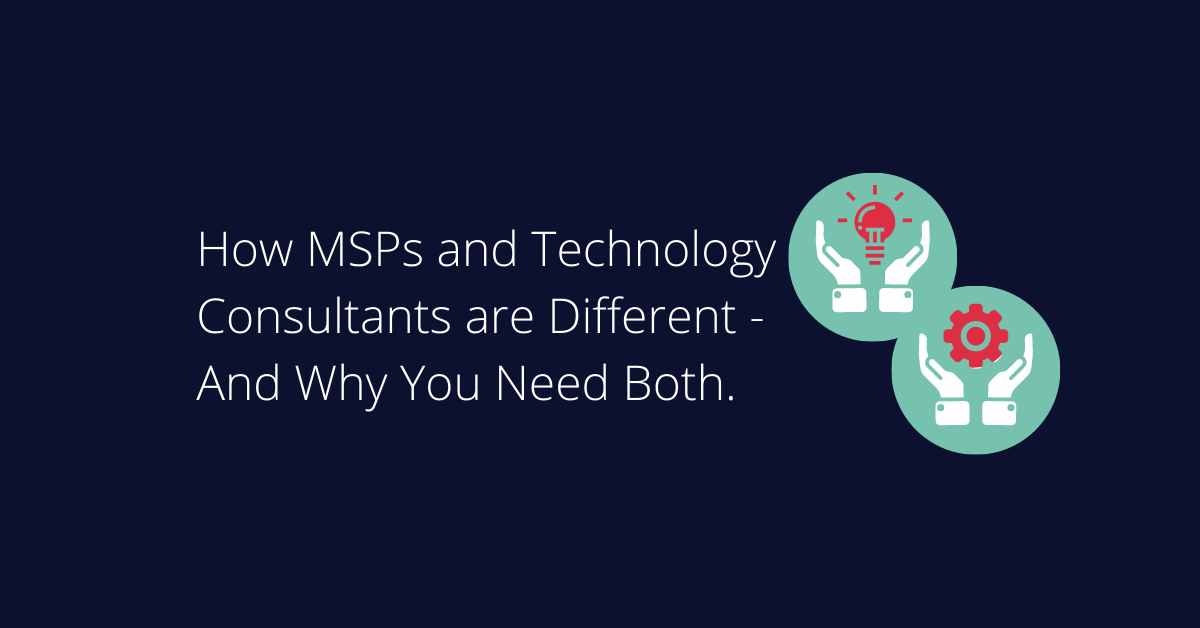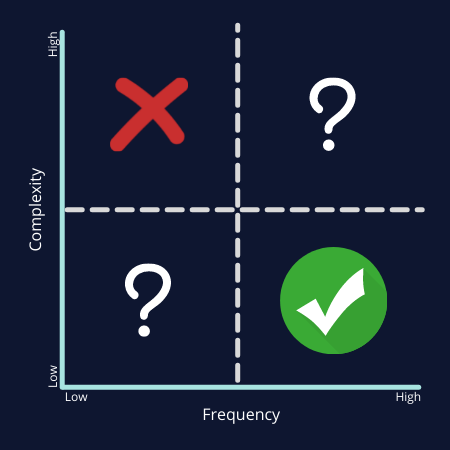Finding Your Process Automation Sweet Spot
When it comes to automating processes around your business, it can simultaneously seem like everything can be automated, and absolutely nothing can be automated. As with many other things, the real answer is somewhere in the middle but can be a bit challenging to put your finger on. These projects usually start when someone at the strategic level of the organization has decreed that “we are going to automate!” and either they personally go on the hunt for what to automate or they hand it off to someone on their team to go do the leg work and come back with “automation” (maybe in a nice box with a bow on it). Sound familiar?
Whether you’re part of Executive Leadership or a Manager, having a decisive way to identify process automation opportunities, and more specifically find what we call the Process Automation Sweet Spot, will significantly increase the likelihood of success for your automation endeavors. To start down this path, we suggest coming up with a list of candidate activities around your company and assessing the Frequency and Complexity of each. Now, if that doesn’t mean much to you now, no worries, we’re about to explain it in more detail.
When we talk about the Frequency of an activity, we refer to how often the team does this particular task. For example, if your team downloads the same content from a website once every hour, that’s probably a high-frequency activity. On the other hand, if your team creates a simple report one time per month, that would probably be considered a low-frequency activity. Frequency is relative for every organization; There’s no guideline or standard for what constitutes high-frequency or low-frequency.
Shifting our focus to Complexity, we often like to think of how straightforward the task is and how concise the checklist would be if you wrote down the steps. Continuing with the example above, if you always go to the same website to download the data, and the button to download always says the same thing, and there are never any exceptions or deviations, then it’s probably a low complexity activity. On the other hand, if you have a laundry list of business rules, exceptions, or workarounds, it is perhaps a high complexity activity.
Now that we’re thinking about Frequency and Complexity in the same terms, let’s review why they matter. Complexity is almost always directly related to the amount of investment required to build the automation. Frequency is a good indicator of how quickly you’ll be able to recover the investment you make in automating the process. When we overlay these two components in the graph below, we expose the Process Automation Sweet Spot – High-Frequency, Low Complexity activities with a big green checkmark.
Why is this the sweet spot? These are Low Complexity activities which means they can often be automated without significant investment. They are also High-Frequency activities which means you do them very regularly and get back a bit of value every time they happen, creating a return on your investment. Getting something back is crucial, and that’s why we find these to be the best candidates for automation, at least when you’re starting out.
You may be wondering about the Low-Frequency, Low Complexity activities and the High-Frequency, High Complexity activities. These are denoted with a question mark, and sometimes they are good candidates for automation, particularly as you progress on your automation journey and learn more about how it can be beneficial. With Low-Frequency, Low Complexity activities, we find that some clients perform those activities just often enough that automating them makes sense for their business, and sometimes it doesn’t. With High-Frequency, High Complexity activities, we know that the complexity is likely to lead to a bigger investment in the development, but if they are happening really often (like multiple times per day, or multiple times per hour), then it can definitely make sense to pursue those. We recommend that you consider both of these categories on a case-by-case basis.
Finally, if you’re wondering about the big red X, that’s the no-go zone for automation. Those Low-Frequency, High Complexity activities are a trap where you’ll be led down a path of significant investment in development, only to find minimal if any return on it since you rarely do those tasks. Avoid these.
What next? Go find those High-Frequency, Low Complexity activities, the Process Automation Sweet Spot, and chase them down! If you’ve got questions along the way, set up time to talk with Patrick Boren, a Principal Consultant at TexasPGB, by scheduling directly on his calendar using the form below.
